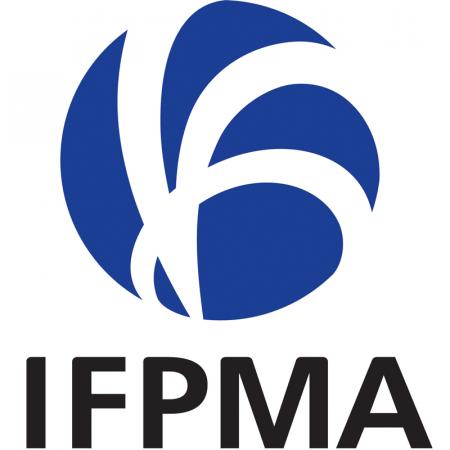Association between city-level sociodemographic and health factors and the prevalence of antimicrobial-resistant gonorrhea in the US, 2000–2019: a spatial–temporal modeling study
The prevalence of antimicrobial-resistant gonorrhea (AMR) gonorrhea varies across populations, but little is known about the impact of demographic, socioeconomic, and health factors on the burden. A study using data from the Gonococcal Isolate Surveillance Project (GISP) found that 16.5%, 13.7%, and 22.2% of isolates had resistance to ciprofloxacin, penicillin, and tetracycline. Denser populations, West, Southeast, HIV prevalence, and higher incidence of gonorrhea were associated with higher prevalence of these drugs. The study suggests that geographic location and certain population-level characteristics could provide insight into the county-level risk of AMR gonorrhea, potentially guiding the expansion of surveillance systems or drug susceptibility testing in areas with increased prevalence.
AMR NEWS
Your Biweekly Source for Global AMR Insights!
Stay informed with the essential newsletter that brings together all the latest One Health news on antimicrobial resistance. Delivered straight to your inbox every two weeks, AMR NEWS provides a curated selection of international insights, key publications, and the latest updates in the fight against AMR.
Don’t miss out on staying ahead in the global AMR movement—subscribe now!







